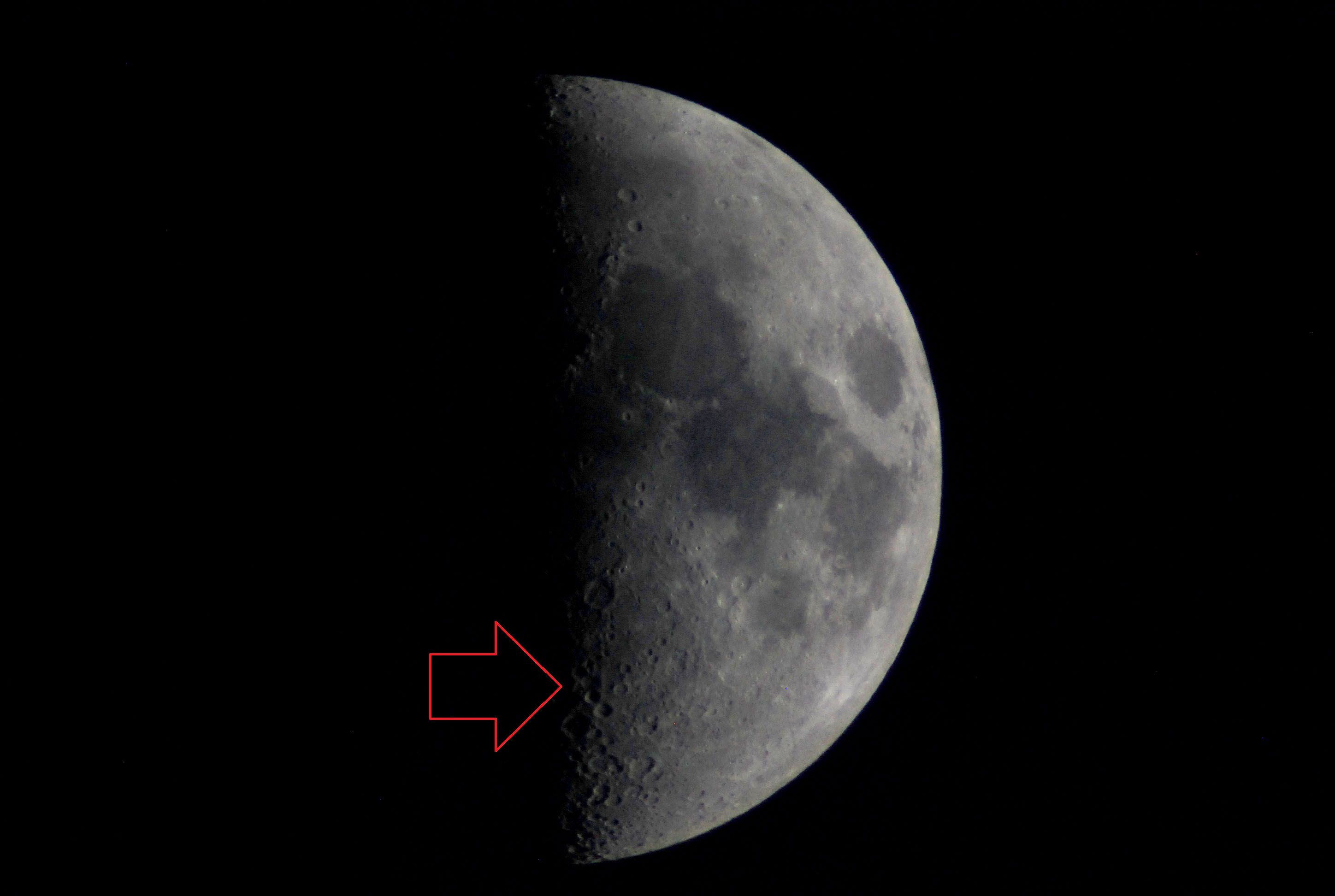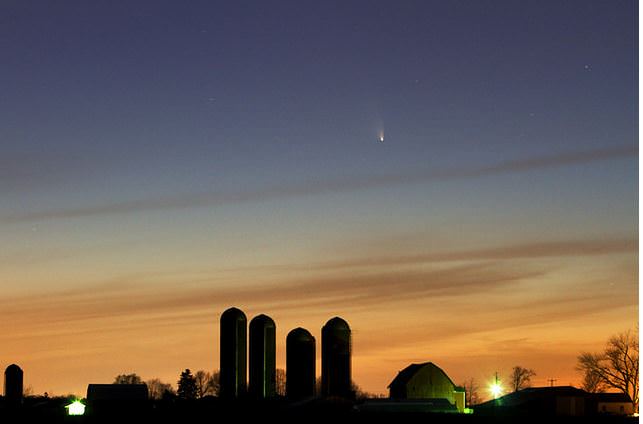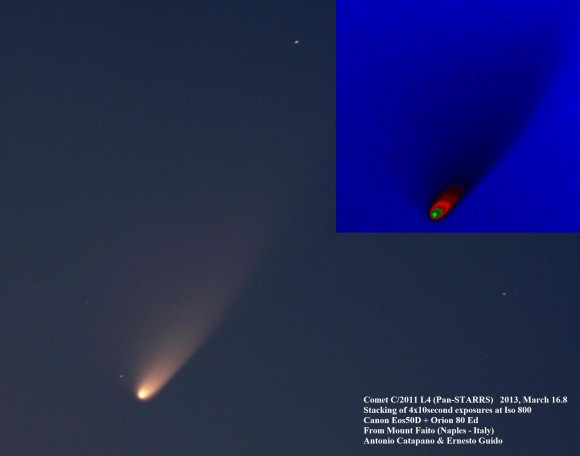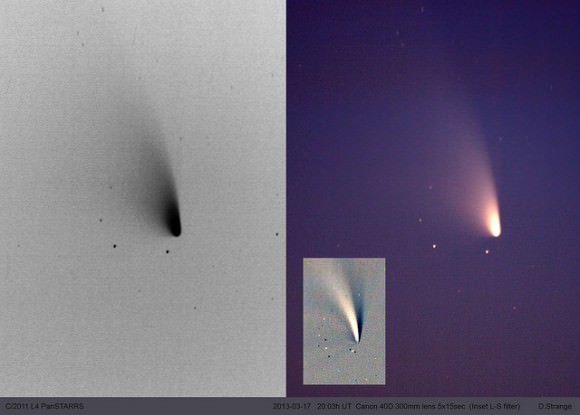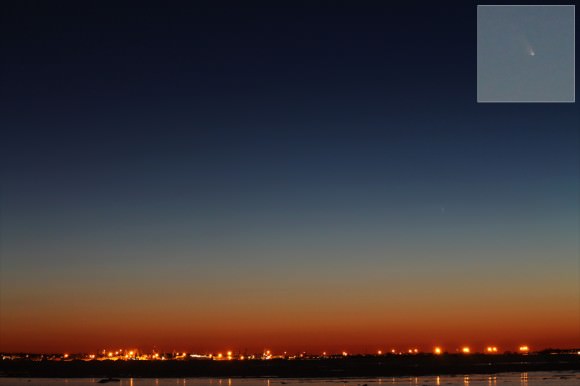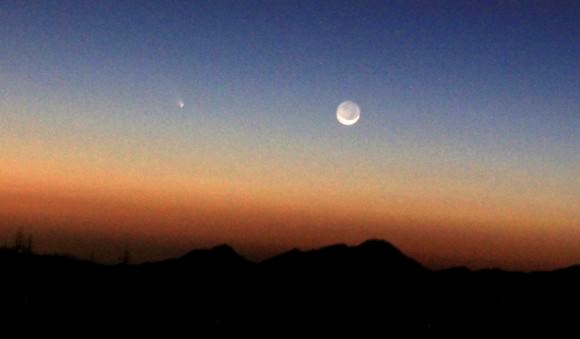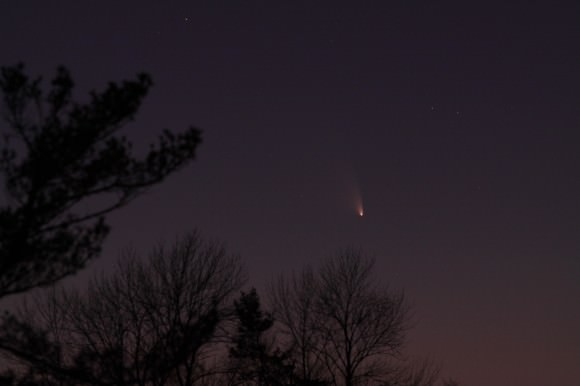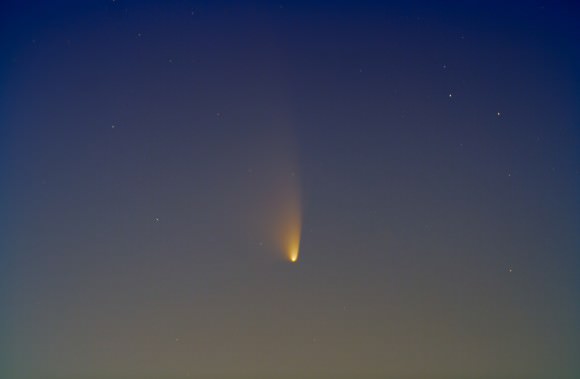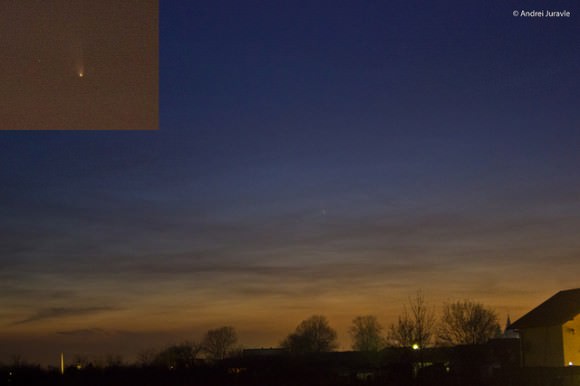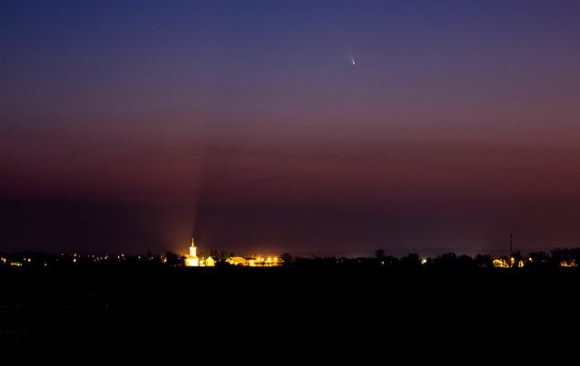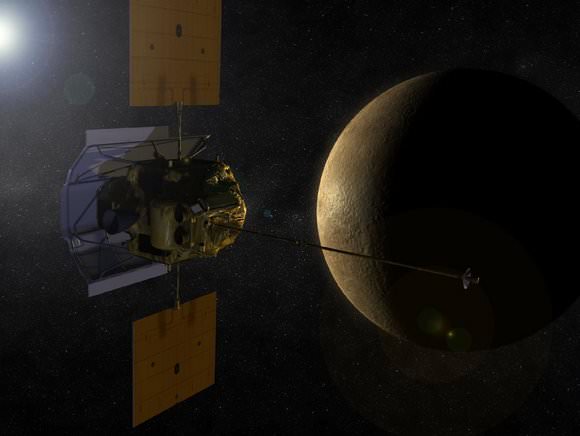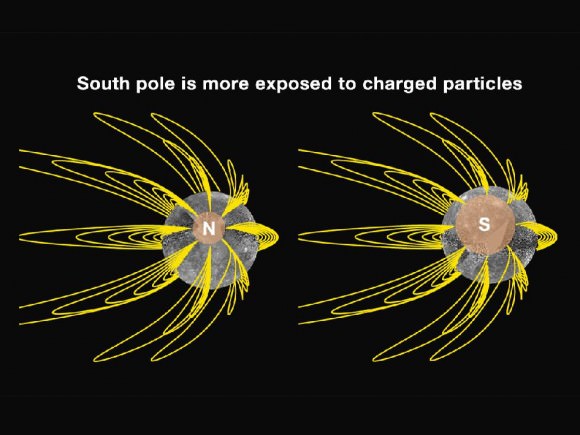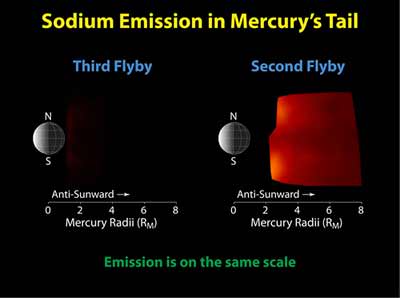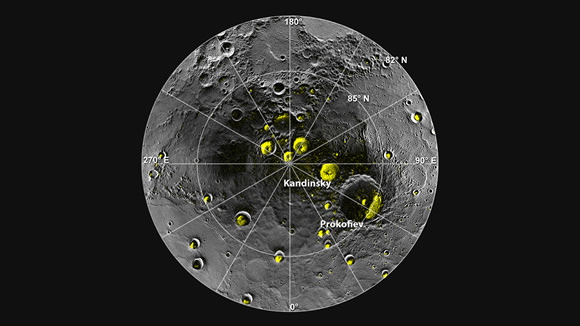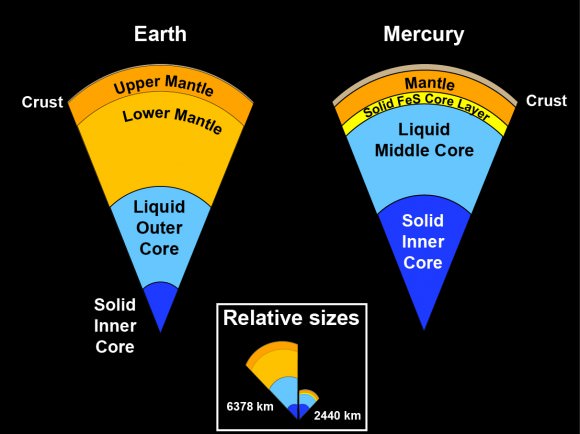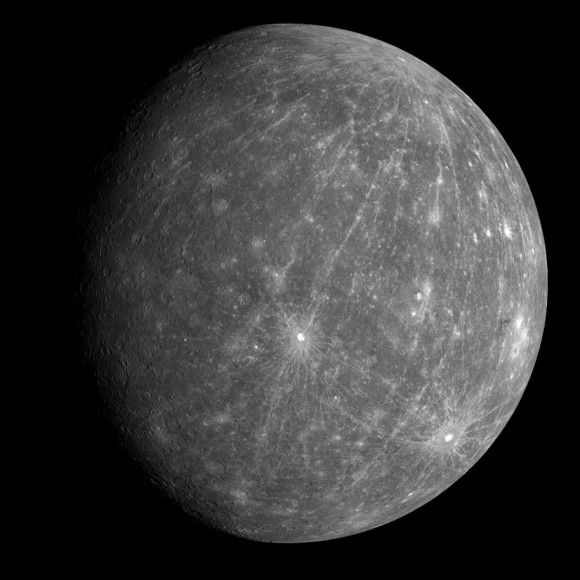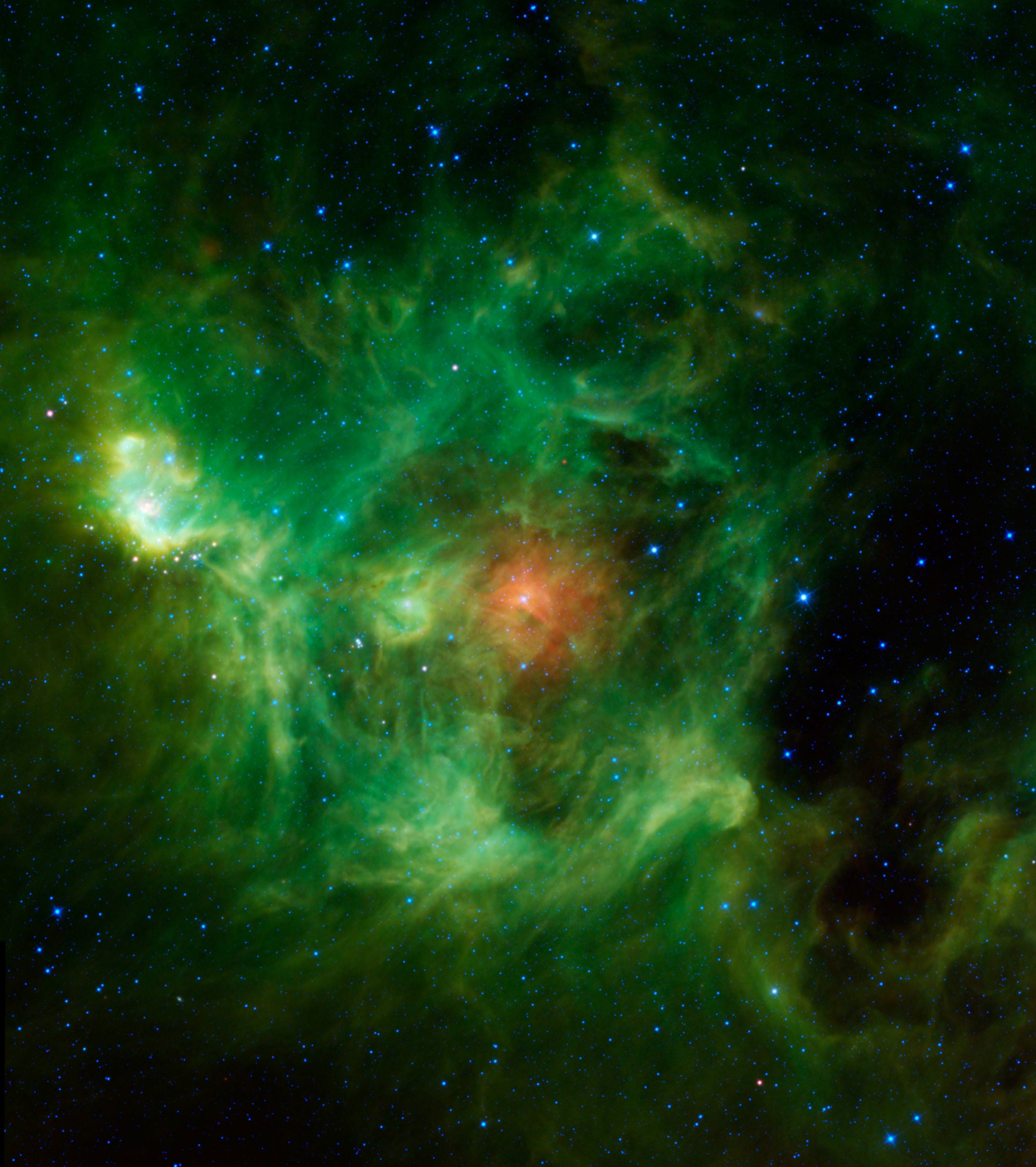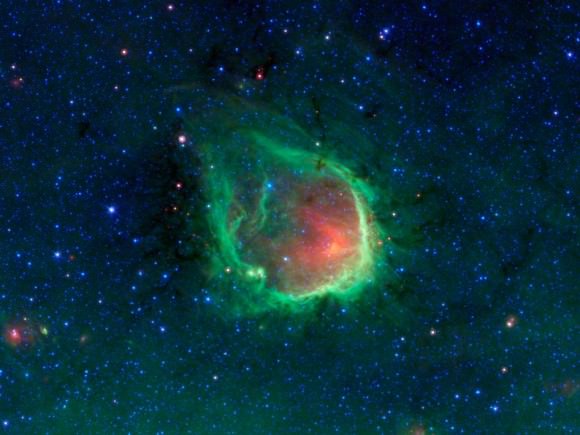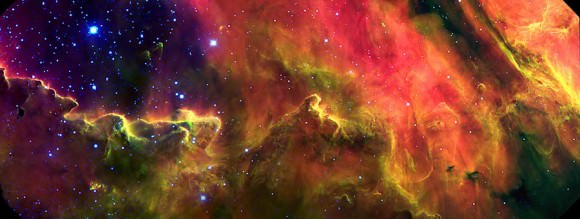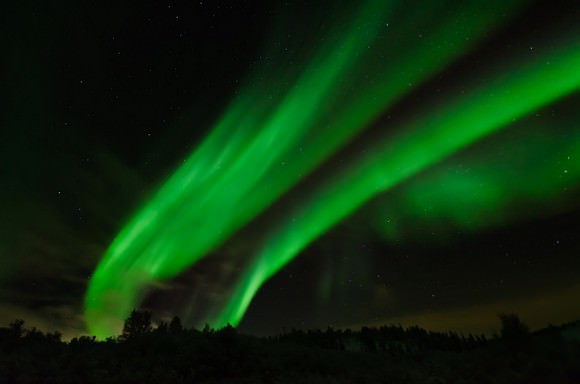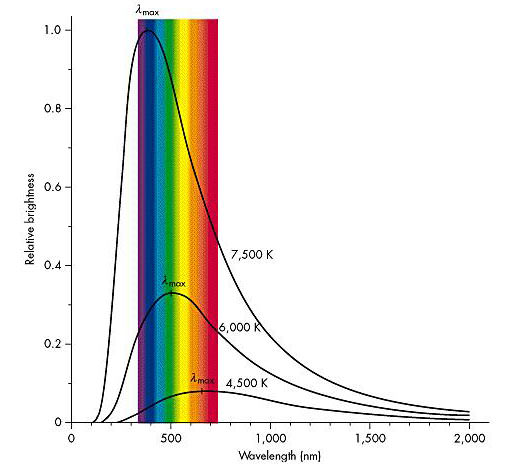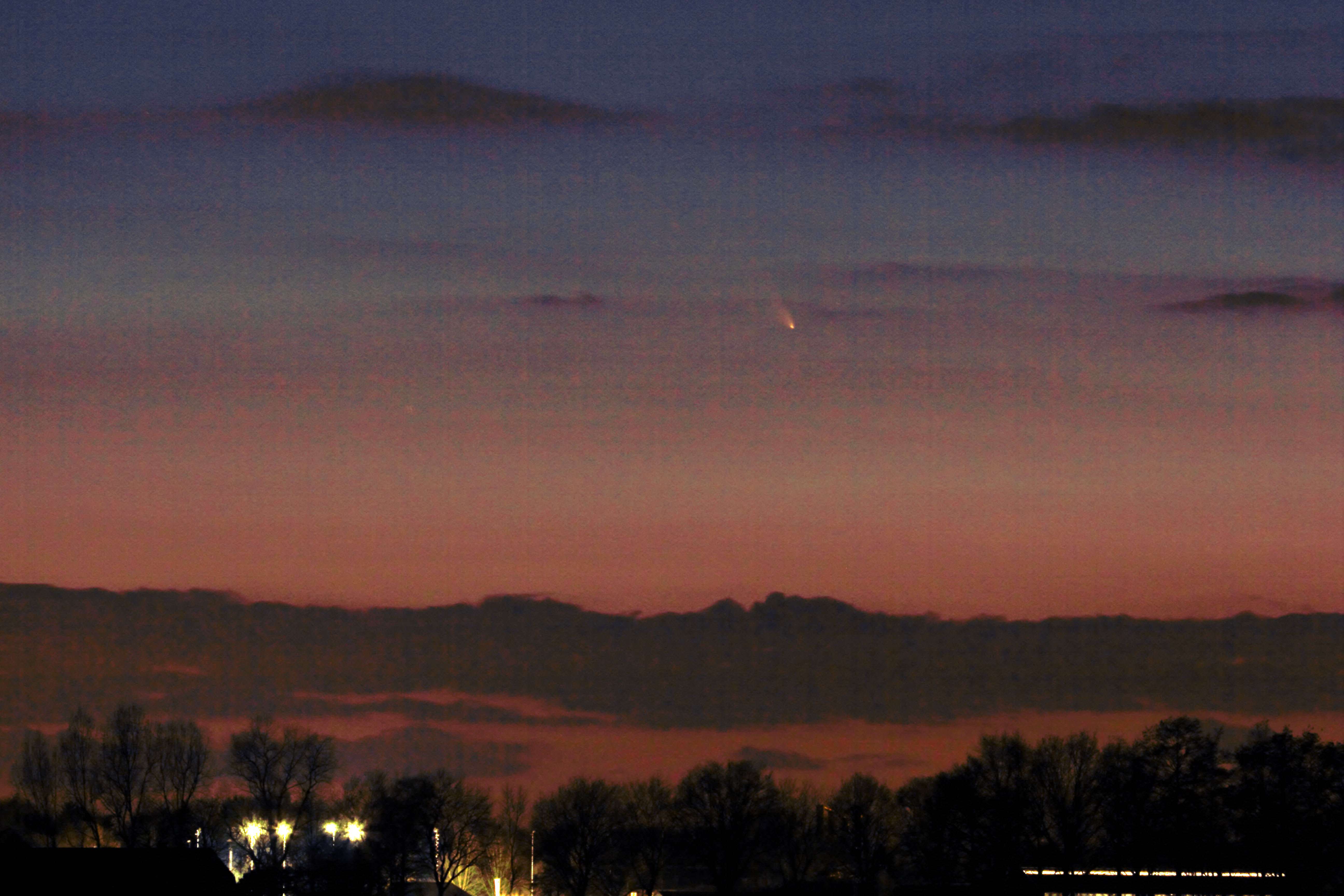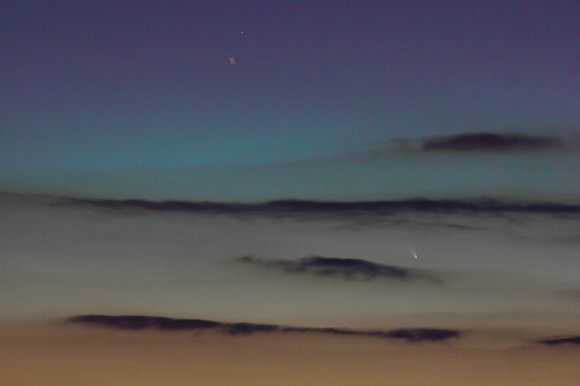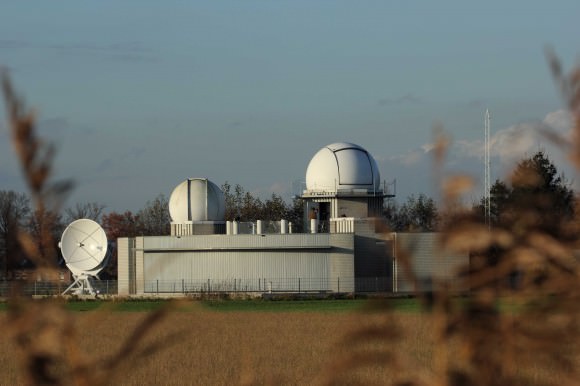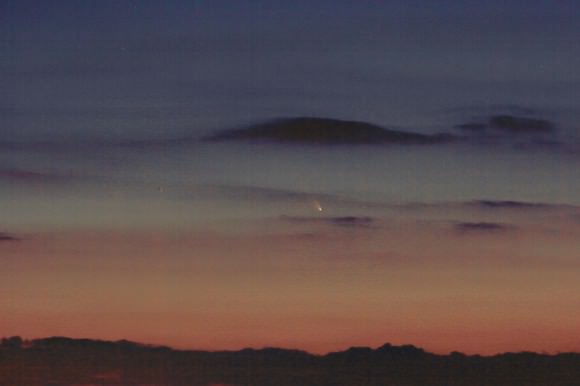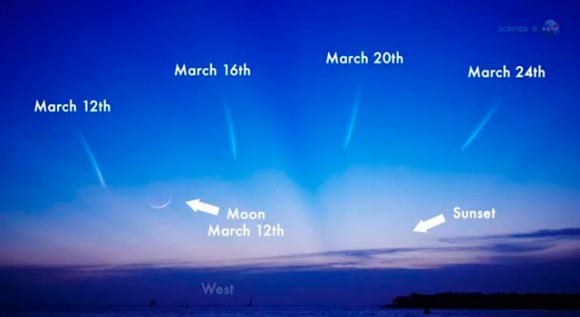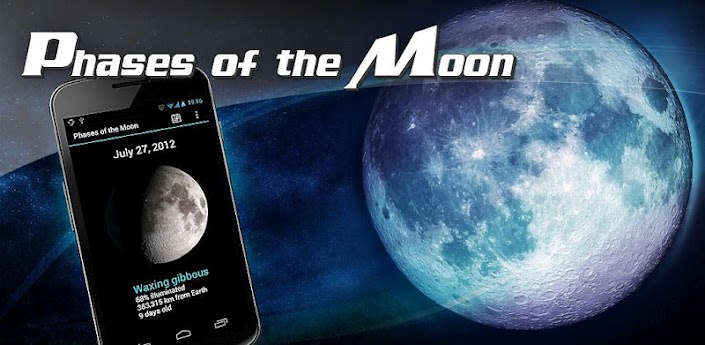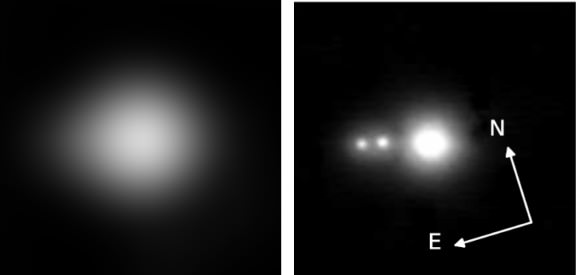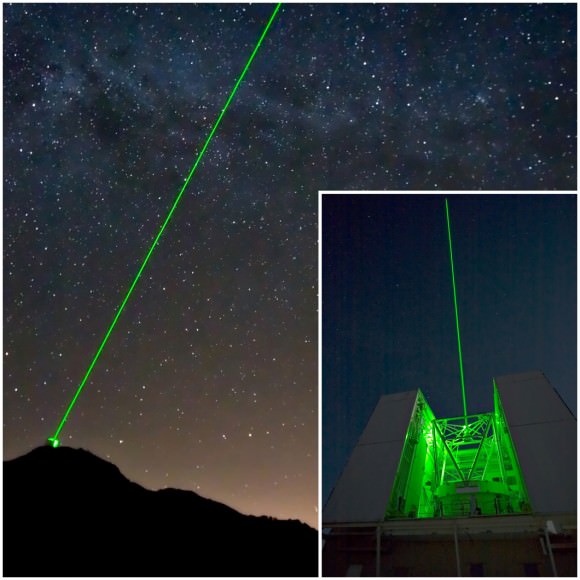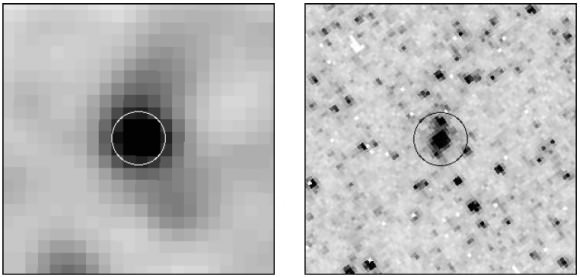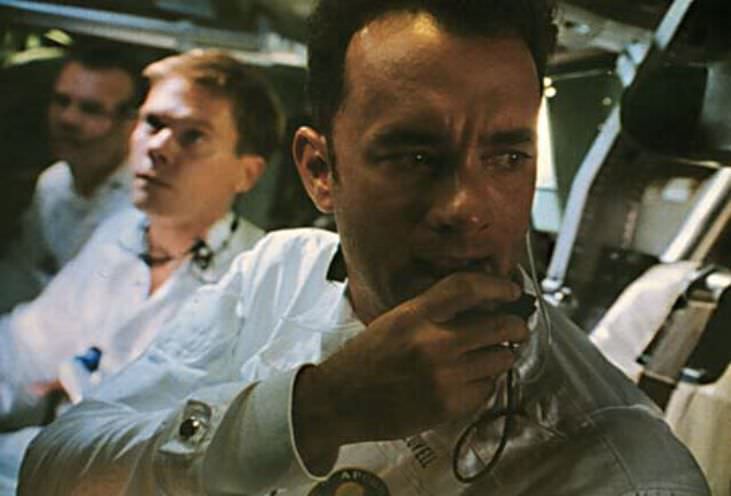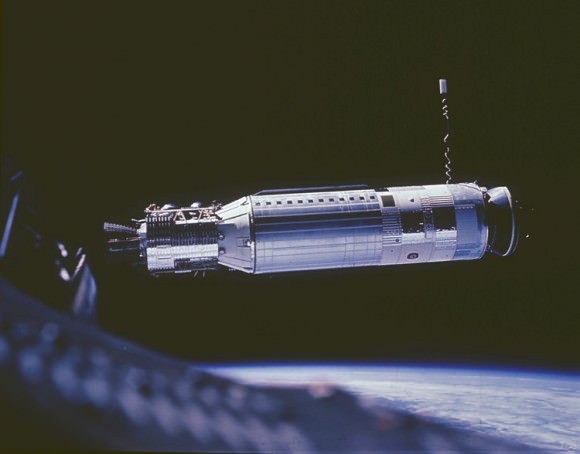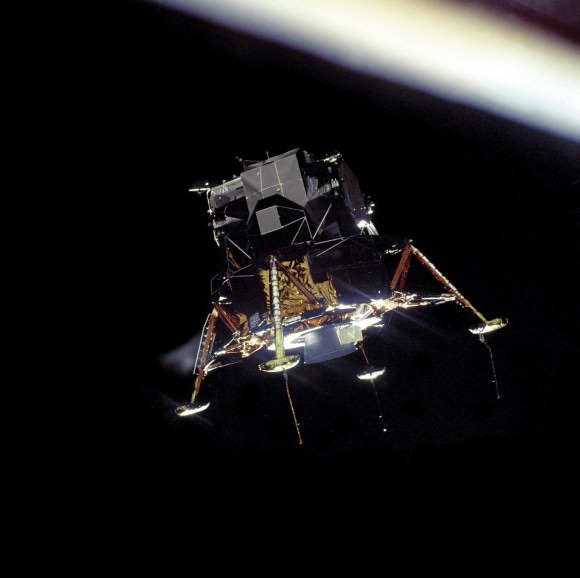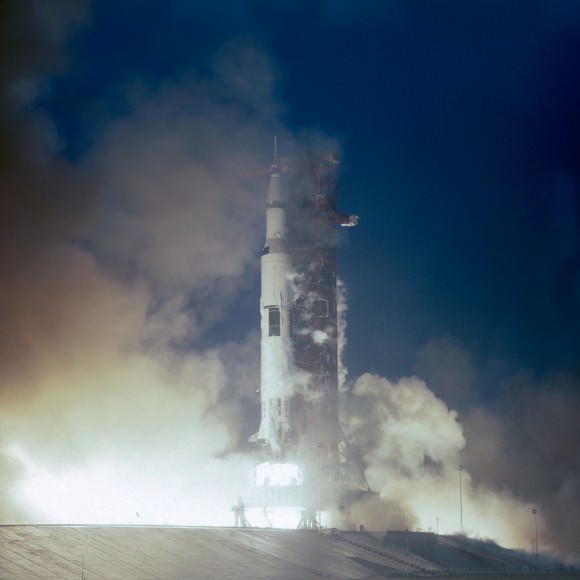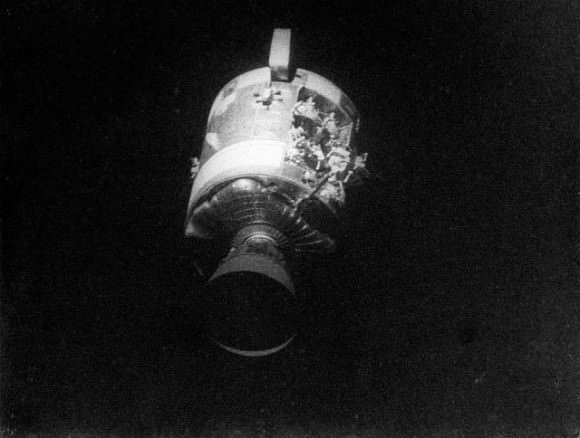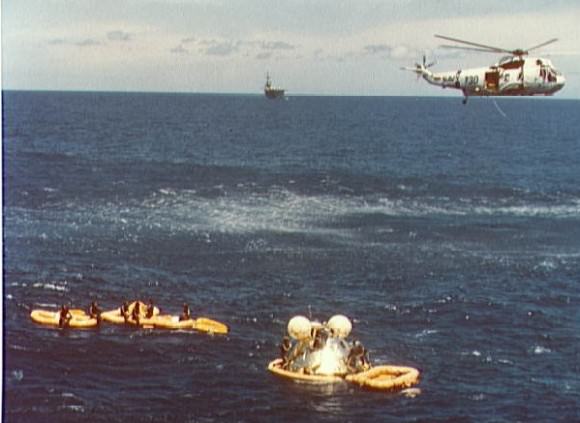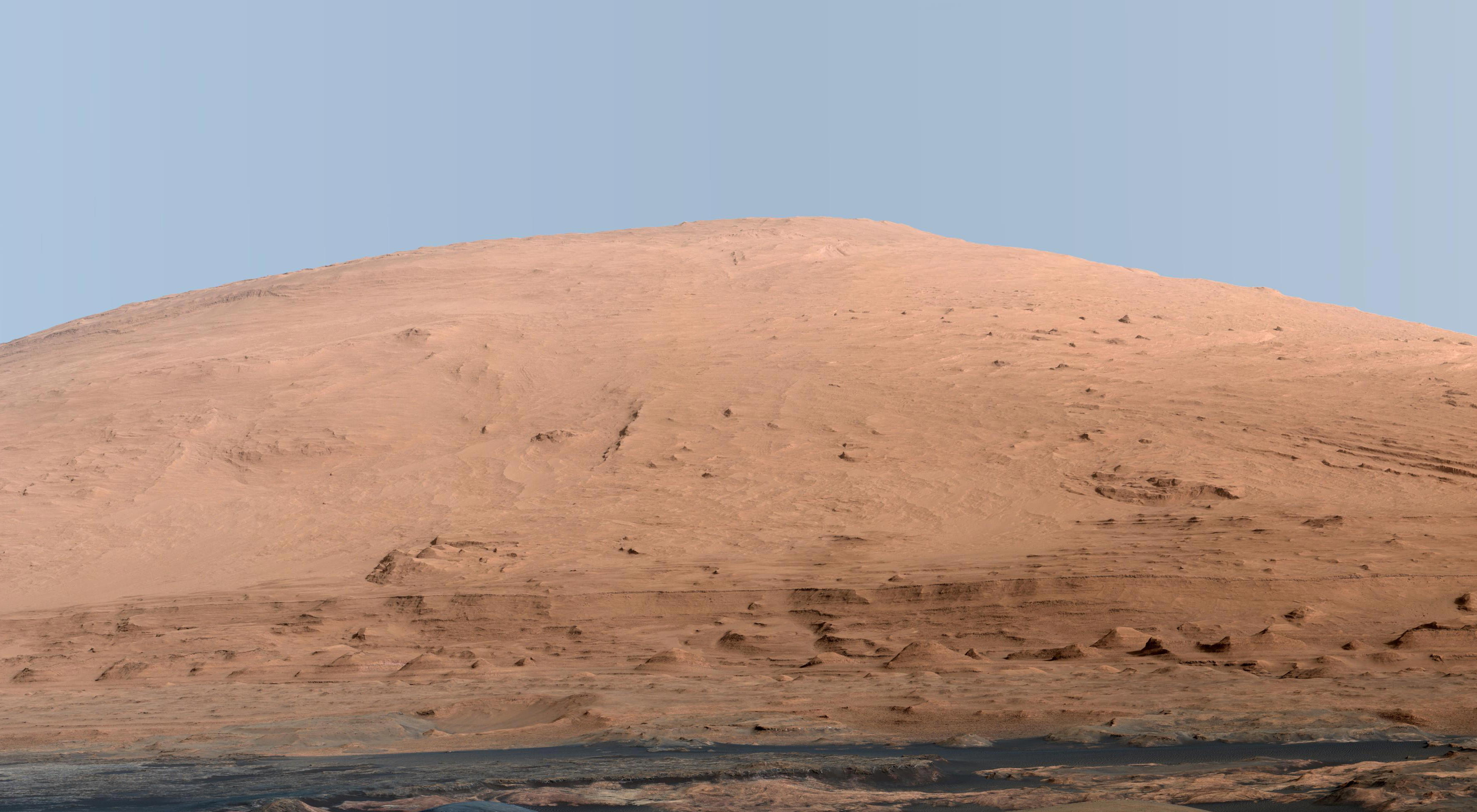This week offers observers a shot at capturing a fascinating but elusive lunar feature.
But why study the Moon? It’s a question we occasionally receive as a backyard astronomer. There’s a sort of “been there, done that” mentality associated with our nearest natural neighbor in space. Keeping one face perpetually turned Earthward, the Moon goes through its 29.5 synodic period of phases looking roughly the same from one lunation to the next. Then there’s the issue of light pollution. Many deep sky imagers “pack it in” during the weeks surrounding the Full Moon, carefully stacking and processing images of wispy nebulae and dreaming of darker times ahead…
But fans of the Moon know better. Just think of life without the Moon. No eclipses. No nearby object in space to give greats such as Sir Isaac Newton insight into celestial mechanics 101. In fact, there’s a fair amount of evidence to suggest that life arose here in part because of our large Moon. The Moon stabilizes our rotational axis and produces a large tidal force on our planet. And as all students of lunar astronomy know, not all lunations are exactly equal.
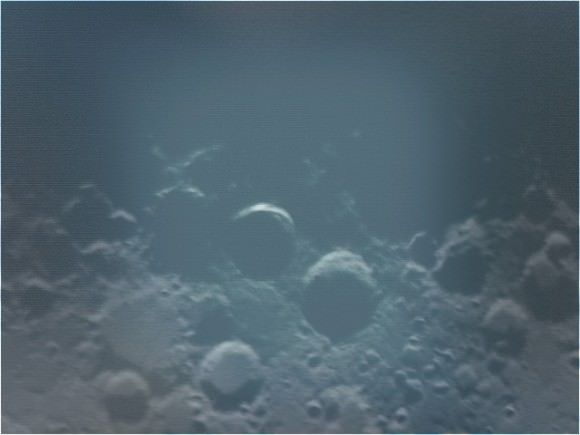
This week, we get a unique look at a feature embedded in the lunar highlands which demonstrates this fact. The Lunar X, also sometimes known as the Purbach cross or the Werner X reaches a decent apparition on March 19th at 11:40UT/7:40EDT favoring East Asia and Australia. This feature is actually the overlapping convergence of the rims of Blanchinus, La Caille and Purbach craters. The X-shaped feature reaches a favorable illumination about six hours before 1st Quarter phase and six hours after Last Quarter phase. It is pure magic watching the X catch the first rays of sunlight while the floor of the craters are still immersed in darkness. For about the span of an hour, the silver-white X will appear to float just beyond the lunar terminator.
|
Visibility of the Lunar X for the Remainder of 2013. |
||||
| Lunation | Date | Time | Phase | Favors |
| 1116 | March 19th | 11:40UT/7:40EDT | Waxing | East Asia/Australia |
| 1116 | April 3rd | 3:20UT/23:20EDT* | Waning | Africa/Europe |
| 1117 | April 17th | 23:47UT/19:47EDT | Waxing | Eastern North America |
| 1117 | May 2nd | 16:19UT/12:19EDT | Waning | Central Pacific |
| 1118 | May 17th | 10:51UT/6:51EDT | Waxing | East Asia/Australia |
| 1118 | June 1st | 4:31UT/0:31EDT | Waning | Western Africa |
| 1119 | June 15th | 21:21UT/17:21EDT | Waxing | South America |
| 1119 | June 30th | 16:04UT/12:04EDT | Waning | Western Pacific |
| 1120 | July 15th | 7:49UT/3:49EDT | Waxing | Australia |
| 1120 | July 30th | 3:16UT/23:16EDT* | Waning | Africa/Western Europe |
| 1121 | August 13th | 18:50UT/14:50EDT | Waxing | South Atlantic |
| 1121 | August 28th | 14:27UT/10:27EDT | Waning | Central Pacific |
| 1122 | September 12th | 9:50UT/5:50EDT | Waxing | East Asia/Australia |
| 1122 | September 27th | 2:00UT/22:00EDT* | Waning | Middle East/East Africa |
| 1123 | October 11th | 19:52UT/15:52EDT | Waxing | Atlantic Ocean |
| 1123 | October 26th | 14:12UT/10:12EDT | Waning | Central Pacific |
| 1124 | November 10th | 10:03UT/5:03EST | Waxing | East Asia/Australia |
| 1124 | November 25th | 3:14UT/22:14EST* | Waning | Africa/Europe |
| 1125 | December 10th | 00:57UT/19:57EST | Waxing | Western North America |
| 1126 | December 24th | 17:07UT/12:07EST | Waning | Western Pacific |
| *Times marked in bold denote visibility in EDT/EST the evening prior. | ||||
Fun Factoid: All lunar apogees and perigees are not created equal either. The Moon also reaches another notable point tonight at 11:13PM EDT/ 3:13 UT as it arrives at its closest apogee (think “nearest far point”) in its elliptical orbit for 2013 at 404,261 kilometres distant. Lunar apogee varies from 404,000 to 406,700 kilometres, and the angular diameter of the Moon appears 29.3’ near apogee versus 34.1’ near perigee. The farthest and visually smallest Full Moon of 2013 occurs on December 17th.
The first sighting of the Lunar X feature remains a mystery, although modern descriptions of the curious feature date back to an observation made by Bill Busler in June 1974. As the Sun rises across the lunar highlands the feature loses contrast. By the time the Moon reaches Full, evidence of the Lunar X vanishes all together. With such a narrow window to catch the feature, many longitudes tend to miss out during successive lunations. Note that it is possible to catch the 1st and Last Quarter Moon in the daytime.
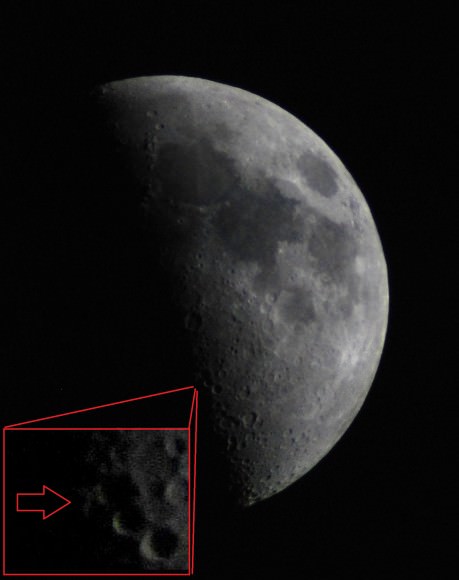
Compounding the dilemma is the fact that the lighting angle for each lunation isn’t precisely the same. This is primarily because of two rocking motions of the Moon known as libration and nutation. Due to these effects, we actually see 59% of the lunar surface. We had to wait for the advent of the Space Age and the flight of the Soviet spacecraft Luna 3 in 1959 to pass the Moon and look back and image its far side for the first time.
We actually managed to grab the Lunar X during a recent Virtual Star Party this past February. Note that another fine example of lunar pareidolia lies along the terminator roughly at the same time as the Lunar X approaches favorable illumination. The Lunar V sits near the center of the lunar disk near 1st and Last Quarter as well and is visible right around the same time. Formed by the confluence of two distinct ridges situated between the Mare Vaporum and Sinus Medii, it is possible to image both the Lunar X and the Lunar V simultaneously!
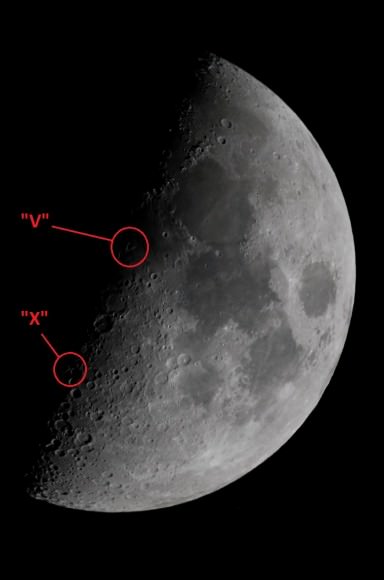
This also brings up the interesting possibility of more “Lunar letters” awaiting discovery by keen-eyed amateur observers… could a visual “Lunar alphabet be constructed similar to the one built by Galaxy Zoo using galactic structures? Obviously, the Moon has no shortage of “O’s,” but perhaps “R” and “Q” would be a bit more problematic. Let us know what you see!
-Thanks to Ed Kotapish for providing us with the calculations for the visibility of the Lunar X for 2013.

